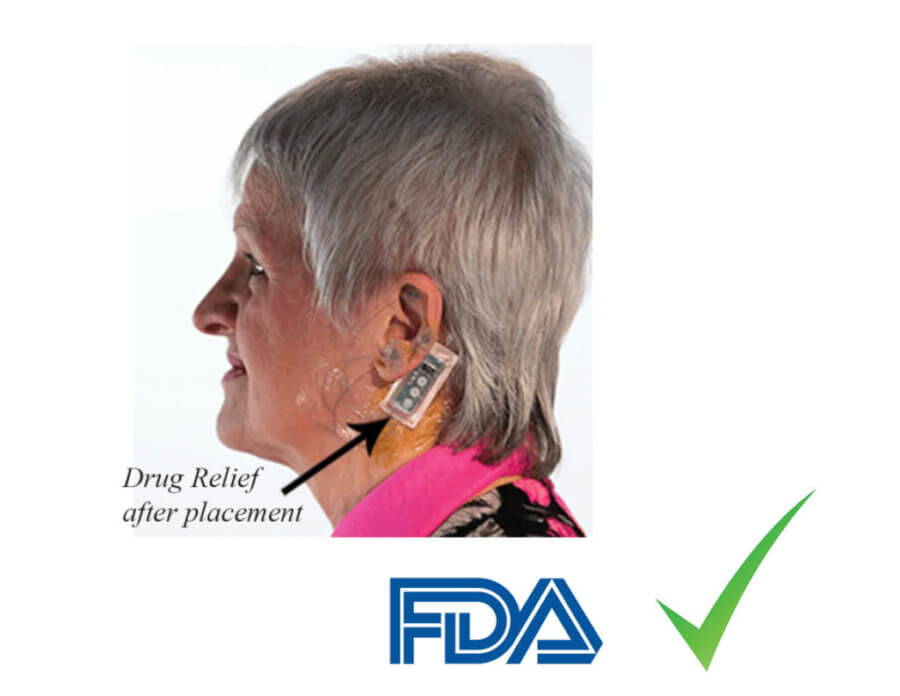Wearable device for opioid withdrawal symptoms treatment
The device will be placed behind the ear where it will stimulate the nerves, using a powered-battery chip, which emits electrical pulses that stimulate parts of cranial nerves.
FDA has felt the need to take the matter of combating opioid crisis seriously. That is the reason why they have come up with a device that is wearable to deal with the symptoms of opioid withdrawal. FDA has realized that the withdrawal comes with many symptoms that can affect the patients. The withdrawal symptoms include depression, anxiety, opiate cravings and agitation as said by the manufacturer of the device. This is the reason why FDA saw the need to approve this device from DyAnsys, which specializes specifically on the autonomic nervous system.
In addition, FDA announced innovation challenge to encourage the development of medical devices to help reduce the country’s opioid abuse crisis. This challenge will enhance the development of new medical devices, responsible for diagnosis of opioid symptoms. These recent developments point towards FDA’s commitment to combat the opioid crisis effectively.
Patients will benefit from this device because it will be able to cab all the symptoms allowing them to continue living a normal life. For patients to use a device they will require to have a prescription from a specialist to show they really need the device. The device is very useful especially in the first stages of withdrawal because the symptoms tend to be rampant.
The device will work by sending electrical pulses from the needles through the ear to help ease detoxification.
After one starts using the device it takes around 30-60 minutes to start reacting to the symptoms. The patient using the drug can use for five continuous days where during the period of detoxification the patient will feel comfort and mobility. The best thing about this device is that it is not addictive and the patient can stop using it any time.
The device will help the patient in slowing taper of the medication, which lessens the effect brought by the withdrawal of the medication and allow the body to adapt to not having opioid. The patients will be able to gauge their severity symptom rate using the response options, which are; none, moderate, mild and severe using the SOWS-Gossop, which ranges from 0-30 where the higher score, will show how severe the symptom is.
In an interview, DyAnsys CEO Srini Nageshwar said, “This device offers hope to those who are suffering from opioid addiction.”
The country is in a full-blown crisis and there is an urgent need to develop non-narcotic options and alternatives like this that can make a sign for individual patients and their families.
The FDA Commissioner Scott Gottlieb, M.D said, “Given the scope of the epidemic of opioid addiction we need to find innovative new ways to help those currently addicted live lives of sobriety with the assistance of medically assisted treatment. There are three approved drugs for helping treat opioid addiction. While we continue to pursue better medicines for the treatment of opioid use disorder, we can also look for devices that can assist in this therapy”.
The FDA says it is assured that this device will work in a magical way to relieve patients from these symptoms that hinder them from being productive people. They are confident that this addiction can be dealt with in a period of 120 hours where the wearers will receive less addictive treatment.
Image credit: www.dyansys.com

















